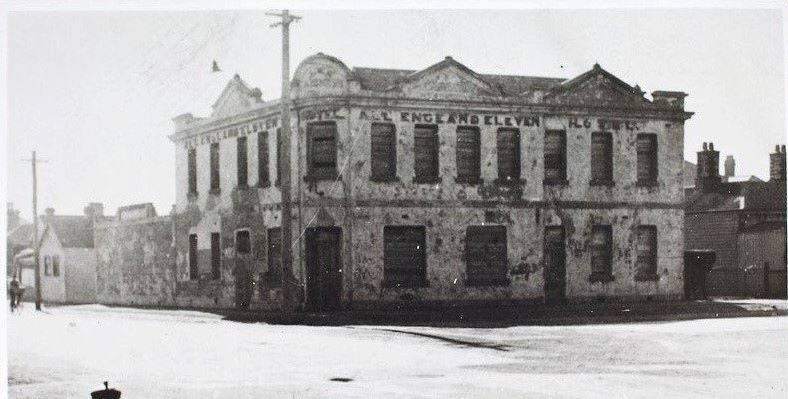Beards
Beards have perhaps not made as much of a come back in Port as in some suburbs north of the river. Nevertheless, this post takes a look at some of our former Port leaders from a beard perspective.
Thomas Swallow, founder of the Swallow and Ariell biscuit company, sported a neat and trim sort of beard.
 |
| Thomas Swallow PORT PHILLIP CITY COLLECTION |
Swallow went from his birthplace of Reading in England, to California and to Ballarat before he started the biscuit company that has left such a significant footprint in Port Melbourne. Swallow was an entrepreneur and an innovator as well as being involved in every facet of early municipal and community life. He invested in sugar plantations in Cairns. Swallows had contracts with fruit growers in the Goubourn Valley – interesting to note in a week when SP Ardmona are reviewing their relationships with fruit growers because of the ongoing decline in sales of Australian packaged fruit.
George Sangter’s portrait in Terry Keenan’s interesting publication In Safe Hands: Presidents of the Port Melbourne Football Club shows a really wild beard, though it is more modest in the photograph from the Port Phillip City collection.
 |
| George Sangster PORT PHILLIP CITY COLLECTION |
George Sangster’s contribution to Port Melbourne is perhaps less well known than Swallow’s. He was a foundation member of the Seamen’s Union from 1872 as well as representing Port Melbourne in state parliament for 20 years until 1915. He was a dedicated socialist with strongly held views. Sangster opposed the Boer War and Federation. Sangster Reserve, behind the Port Melbourne Bowling Club, is an important place of reflection on the Whittaker walk conducted over the past few years.
Edward Clark was the first Town Clerk of Port Melbourne – in the job from 1860 until his retirement in 1882. Imagine his work – setting up the basic administration of Sandridge, dealing with sand drift and wandering pigs and goats. Of course, Clark St was named after him – the only street in Port Melbourne to be lined with plane trees – which is a blessing according to some and a curse to others. Housing only started creeping onto the other side of the Railway Line in the 1870s. Until the construction of the Bank Houses, only the Bend stretched far away.
 |
| Edward Clark PORT PHILLIP CITY COLLECTION |
sources and further information
Terry Keenan (2011) In Safe Hands: Presidents of the Port Melbourne Football Club is available from the shop.
City of Port Phillip Heritage website
The Beginnings of the Borough: a City of Port Phillip Exhibition

